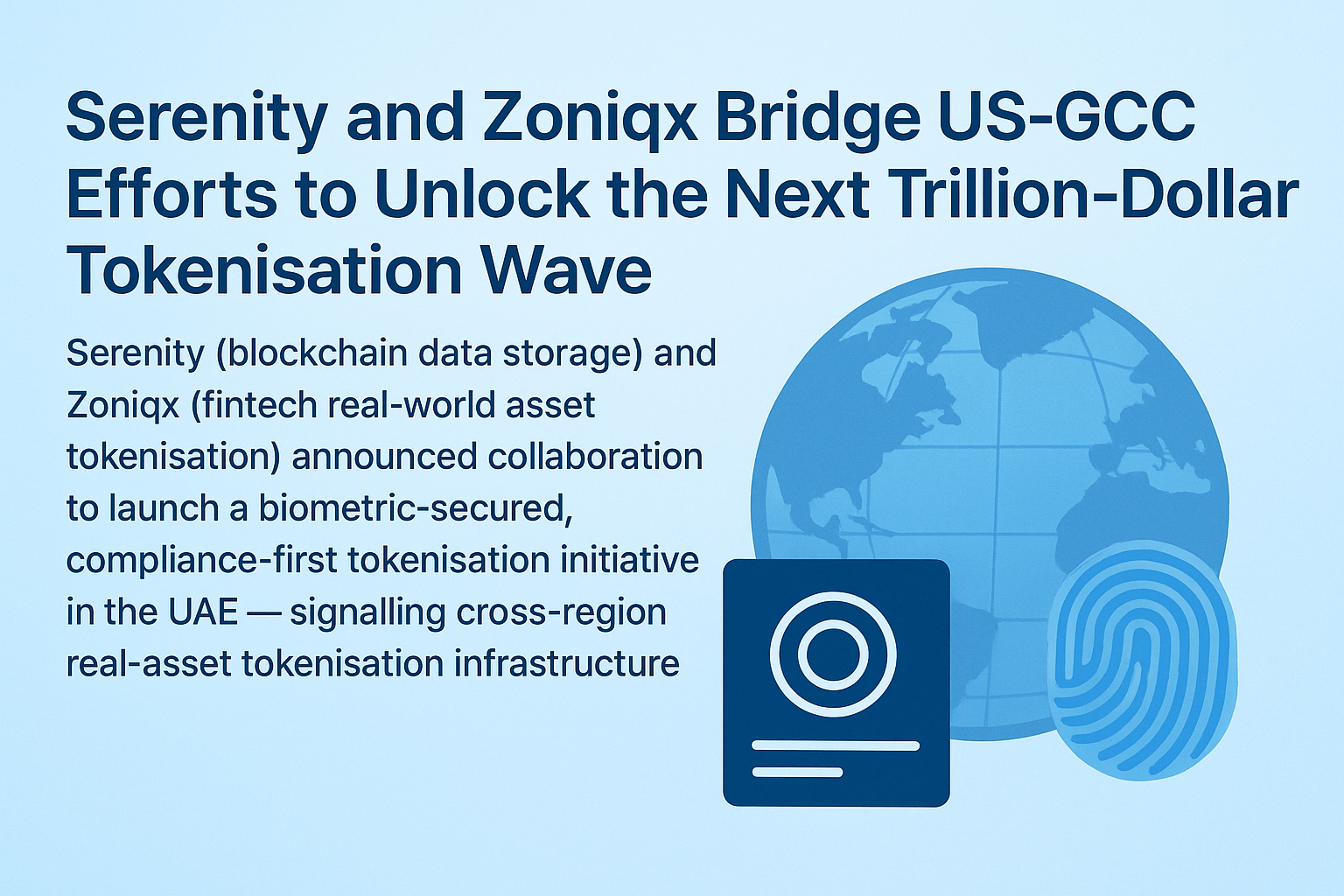As global pressure mounts to decarbonize industries and bring transparency to climate-related financial markets, a new wave of digital innovation is accelerating the shift. This week, Kinexys Digital Assets announced a major step forward: the launch of its blockchain-based carbon-market tokenisation initiative, developed in partnership with EcoRegistry and the Inter-American Institute for Cooperation on Agriculture’s ICR registry system.
The initiative blends two powerful forces reshaping modern finance: blockchain infrastructure and verified carbon credits. And if early signals from institutional players like JPMorgan Chase are any indication, the future of carbon markets may soon be deeply intertwined with tokenised, real-time digital assets.
Why Tokenising Carbon Credits Matters
Carbon markets have long been criticized for fragmentation, inconsistent verification standards, and lack of transparency. Traditional registries exist in isolated silos, making it difficult to track ownership, avoid double-counting, or verify provenance. The result: market inefficiency and eroded trust.
Kinexys aims to solve this by creating tokenised representations of registry-backed carbon credits, allowing each credit to be:
-
Auditable on-chain
-
Instantly transferable across platforms
-
Traceable from issuance to retirement
-
Protected against double-spending or duplication
Through blockchain, each credit becomes a digitally scarce, provable asset, strengthening the integrity of the market and enabling new financial products.
How the Partnership Works
The collaboration combines the strengths of:
EcoRegistry
A long-standing carbon registry platform used across Latin America, known for transparent and measurable methodologies.
ICR (Inter-American Institute for Cooperation on Agriculture Registry)
A regional registry framework supporting environmental and conservation projects.
Kinexys Digital Assets
A next-generation digital infrastructure provider building tokenisation rails for environmental assets.
Together, they are integrating registry data directly into blockchain networks, enabling native on-chain issuance, transfer, and retirement of carbon credits. This bridges a long-standing gap between environmental certification systems and modern financial technology.
Institutional Interest Is Rising Fast
Major institutions have been tracking these developments closely. Reports from JPMorgan Chase highlight that carbon markets are expected to grow exponentially as industries face stricter emissions requirements. Tokenisation offers:
-
Faster settlement
-
Greater market liquidity
-
Improved traceability for ESG reporting
-
Lower operational costs for registries
As financial institutions continue to explore blockchain-backed carbon markets, projects like Kinexys’ initiative may form the backbone of next-generation climate finance.
A Step Toward a More Credible Carbon Market
The move isn’t just about digitisation—it’s about trust. By bringing carbon registries on-chain, Kinexys and its partners are creating a transparent, verifiable ecosystem that reduces fraud and increases confidence for buyers, issuers, and regulators.
With regulators, corporations, and investors all looking for more credible climate-transition tools, blockchain tokenisation could become a cornerstone of the global sustainability infrastructure.
Kinexys’ launch marks an important milestone—and possibly the beginning of a much broader convergence of climate action and decentralized digital finance.




